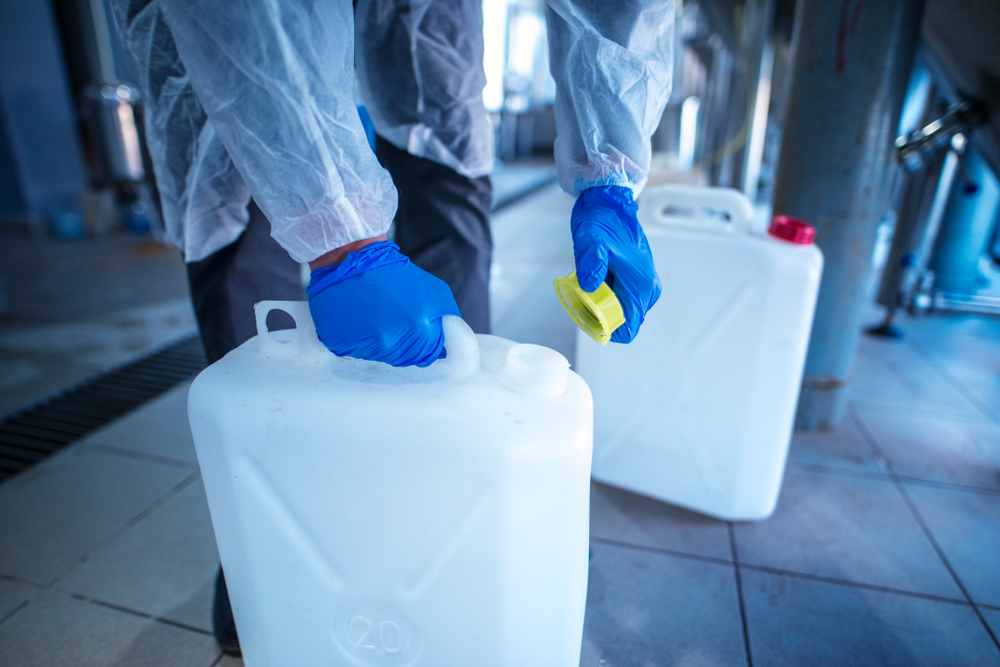The Occupational Safety and Health Administration (OSHA) is weighing changes to its process safety management (PSM) standard, including expanding it to include oil- and gas-well drilling and servicing, according to the agency’s August 30 announcement of an informal stakeholder meeting (87 Federal Register (FR) 53020).
The PSM standard, which requires employers to implement safety programs to identify, evaluate, and control highly hazardous chemicals in the workplace, has not been updated since it was originally published in 1992. The “performance-based” standard outlines 14 management system elements for controlling highly hazardous chemicals.
On April 17, 2013, an ammonium nitrate fertilizer explosion and fire in West, Texas, led to an August 1, 2013, Executive Order (EO) on Improving Chemical Facility Safety and Security (E.O. 13650) directing OSHA and other federal agencies to modernize policies, regulations, and standards to enhance safety and security at chemical facilities. The Environmental Protection Agency (EPA) has a separate proposal addressing risk management plan (RMP) requirements.
Potential changes in the scope of OSHA’s PSM standard could include:
- Clarifying the standard’s exemption for atmospheric storage tanks;
- Expanding the standard’s scope to include oil- and gas-well drilling and servicing;
- Resuming enforcement for oil and gas production facilities;
- Expanding PSM coverage and requirements for reactive chemical hazards;
- Updating and expanding the standard’s list of highly hazardous chemicals;
- Amending the explosives and blasting agents standard (29 Code of Federal Regulations (CFR) §1910.109) to extend PSM requirements to cover the dismantling and disposal of explosives and pyrotechnics;
- Clarifying the scope of the retail facilities exemption; and
- Defining the limits of a PSM-covered process.
Amendments to the standard could include:
- A definition of “recognized and generally accepted as good engineering practices” (RAGAGEP);
- A definition of critical equipment;
- Strengthening employee participation and including stop-work authority;
- Requiring evaluation of updates to applicable RAGAGEP;
- Requiring continuous updating of collected information;
- Requiring formal resolution of process hazard analysis team recommendations that are not utilized;
- Requiring safer technology and alternatives analysis;
- Clarifying requirements for considering natural disasters and extreme temperatures in employers’ PSM programs;
- Expanding coverage of the mechanical integrity of any critical equipment;
- Better explaining the definition of “equipment deficiencies”;
- Clarifying the coverage of organizational changes;
- Requiring root cause analysis;
- Requiring coordination of emergency planning with local emergency response authorities;
- Requiring third-party compliance audits;
- Requiring that employers develop a system for periodic review of their PSM systems and the need for any revisions (previously referred to as “Evaluation and Corrective Action”); and
- Requiring the development of written procedures for all elements specified in the standard and to identify records required by the standard along with a records retention policy (previously referred to as “Written PSM Management Systems”).
The stakeholder meeting will be held virtually on WebEx on Wednesday, September 28 from 10:00 a.m. to 4:00 p.m. ET. Those interested in participating may register online at https://www.osha.gov/process-safety-management/background/2022stakeholdermtg.
Those concerned about possible changes to the PSM standard may submit written comments regardless of whether they plan to attend the stakeholder meeting. Comments are due October 28.

